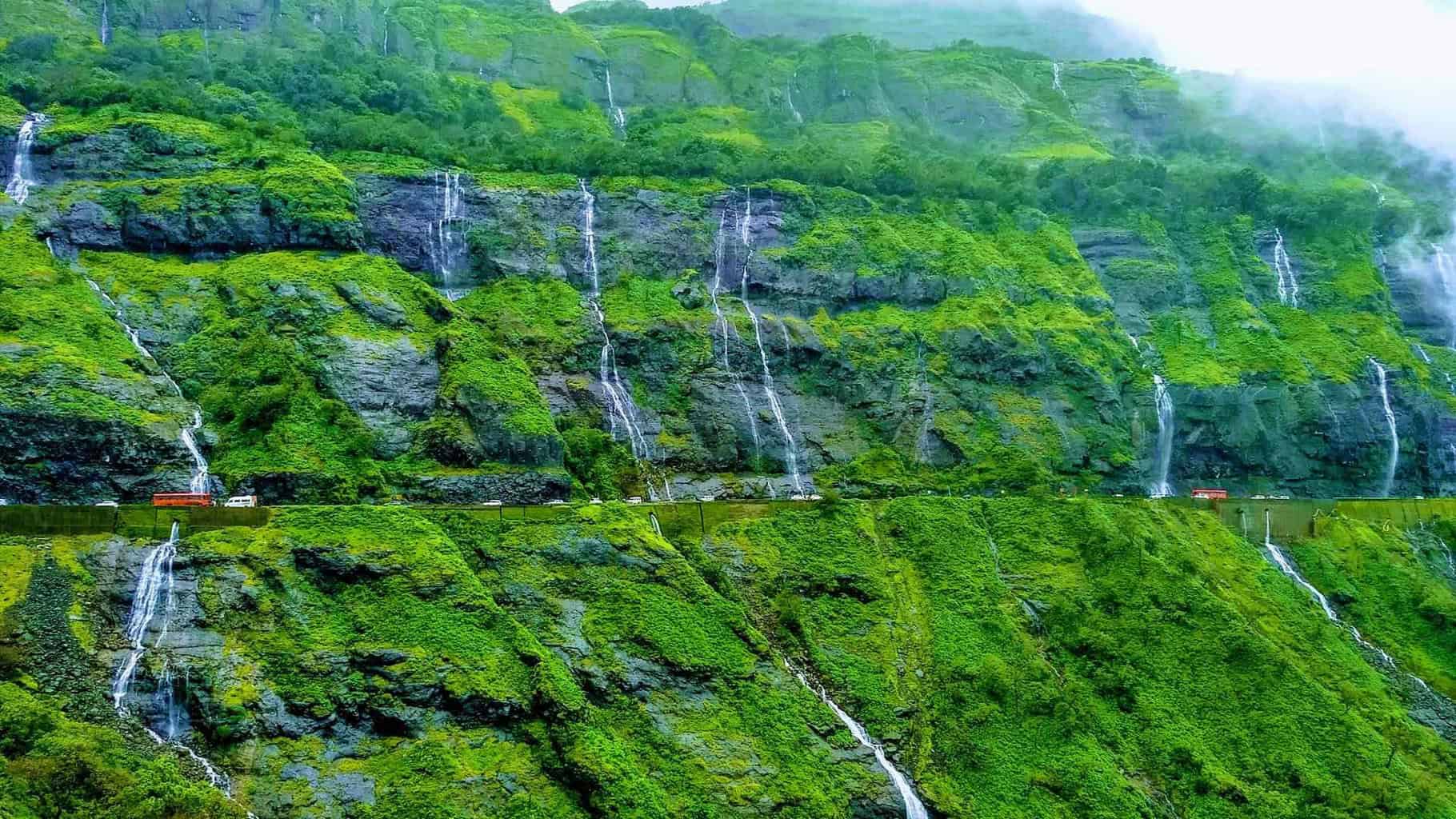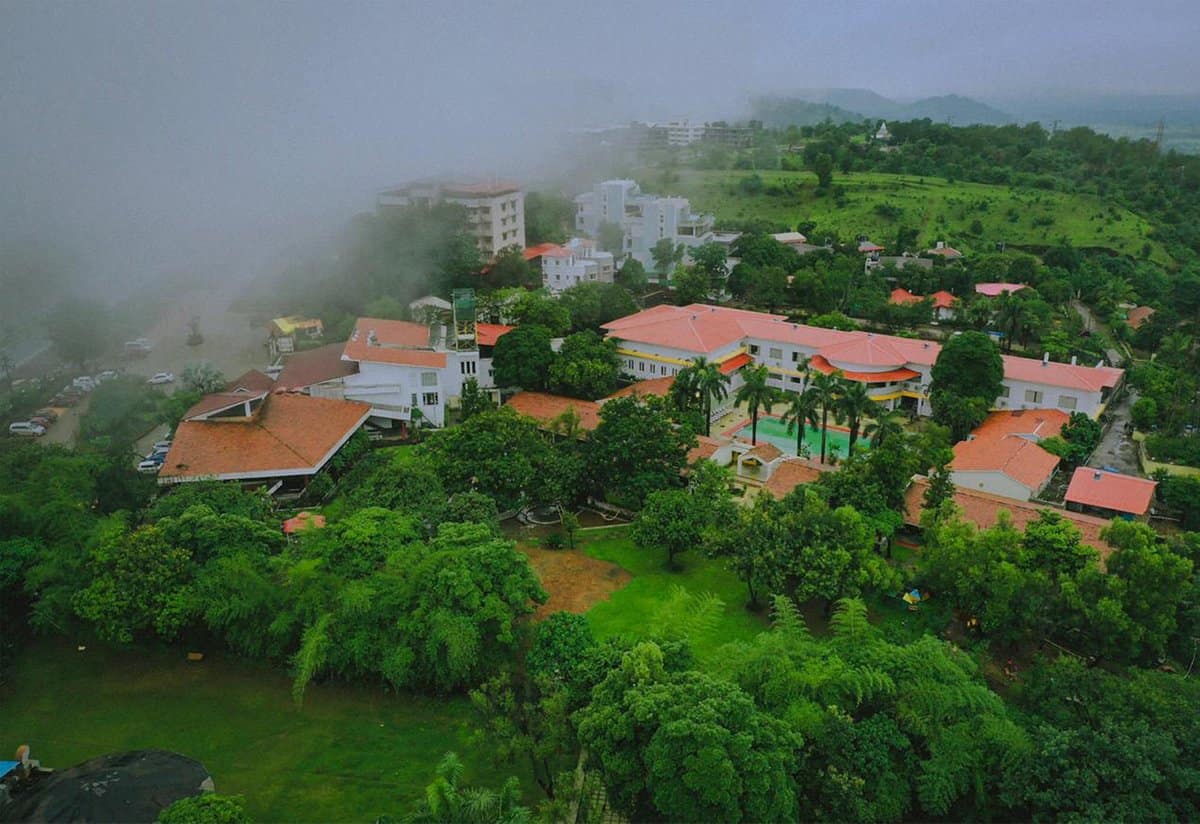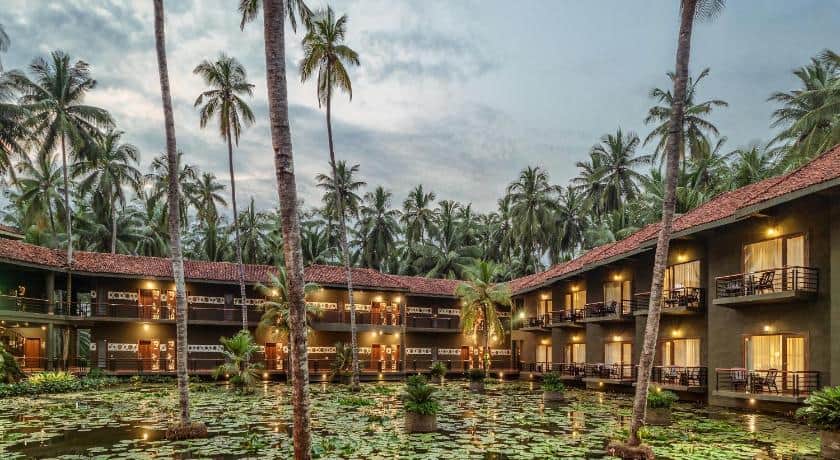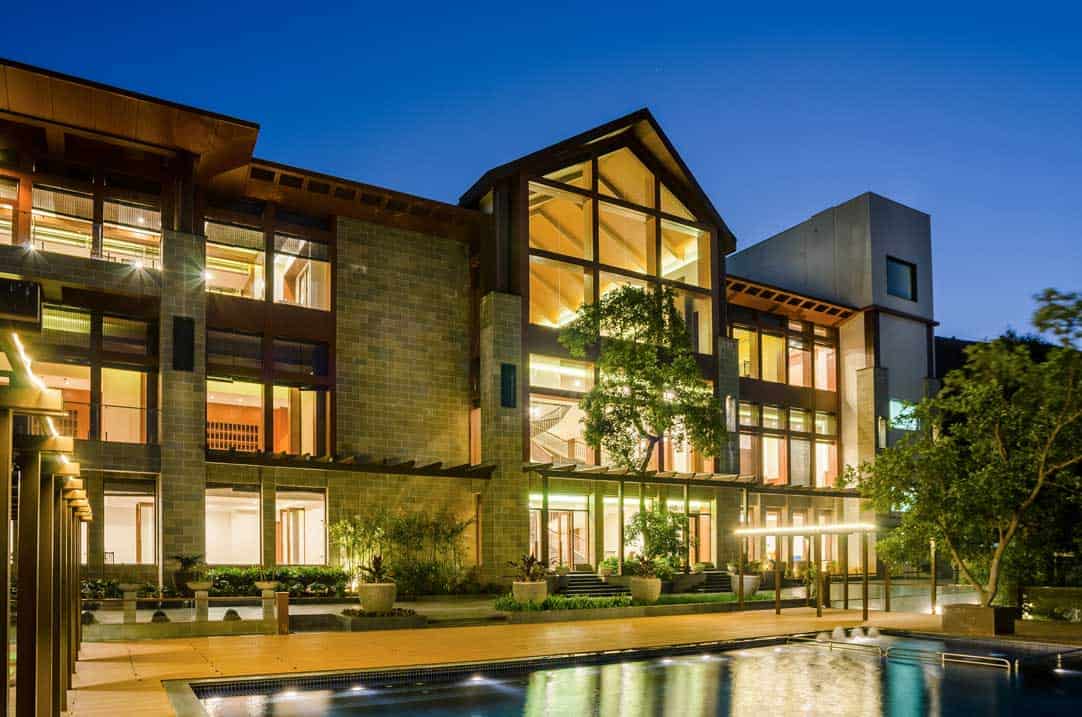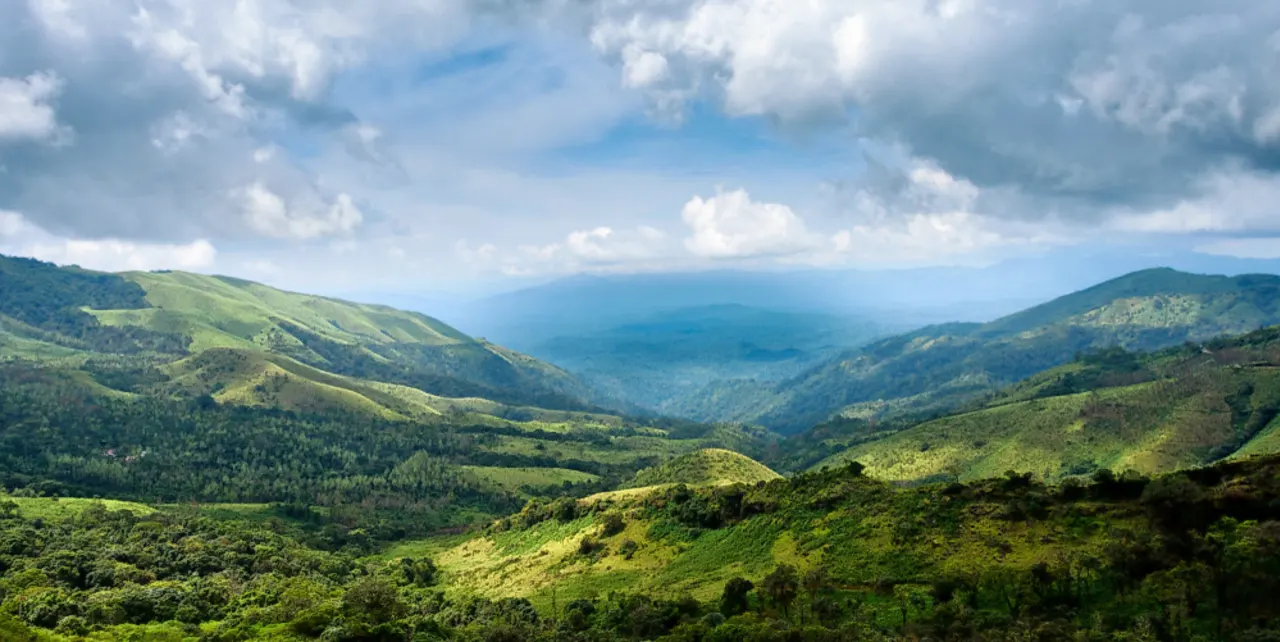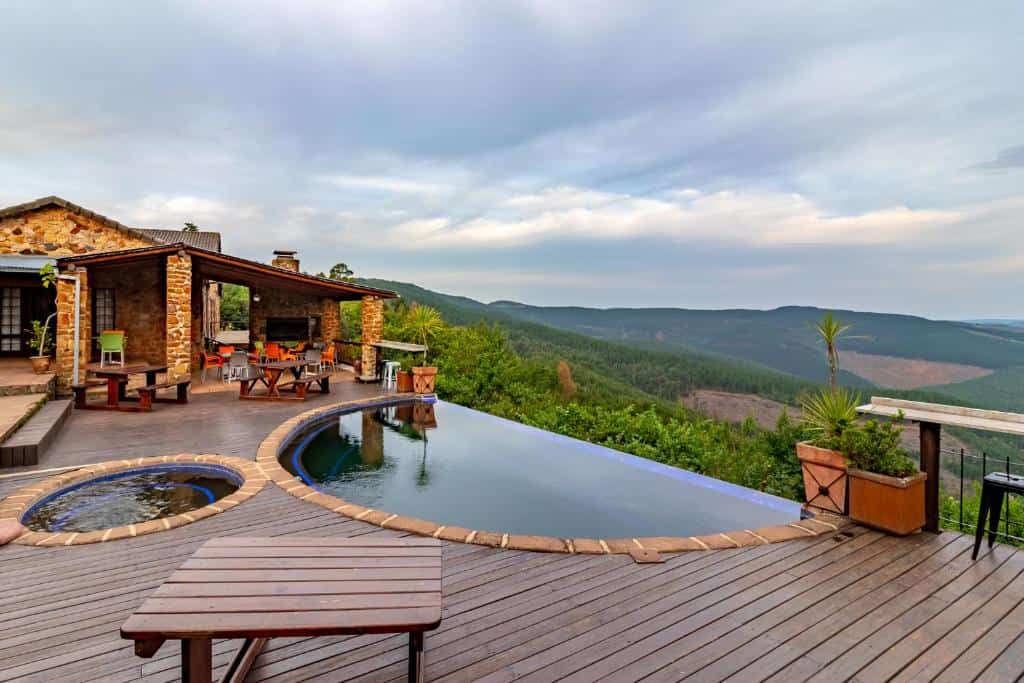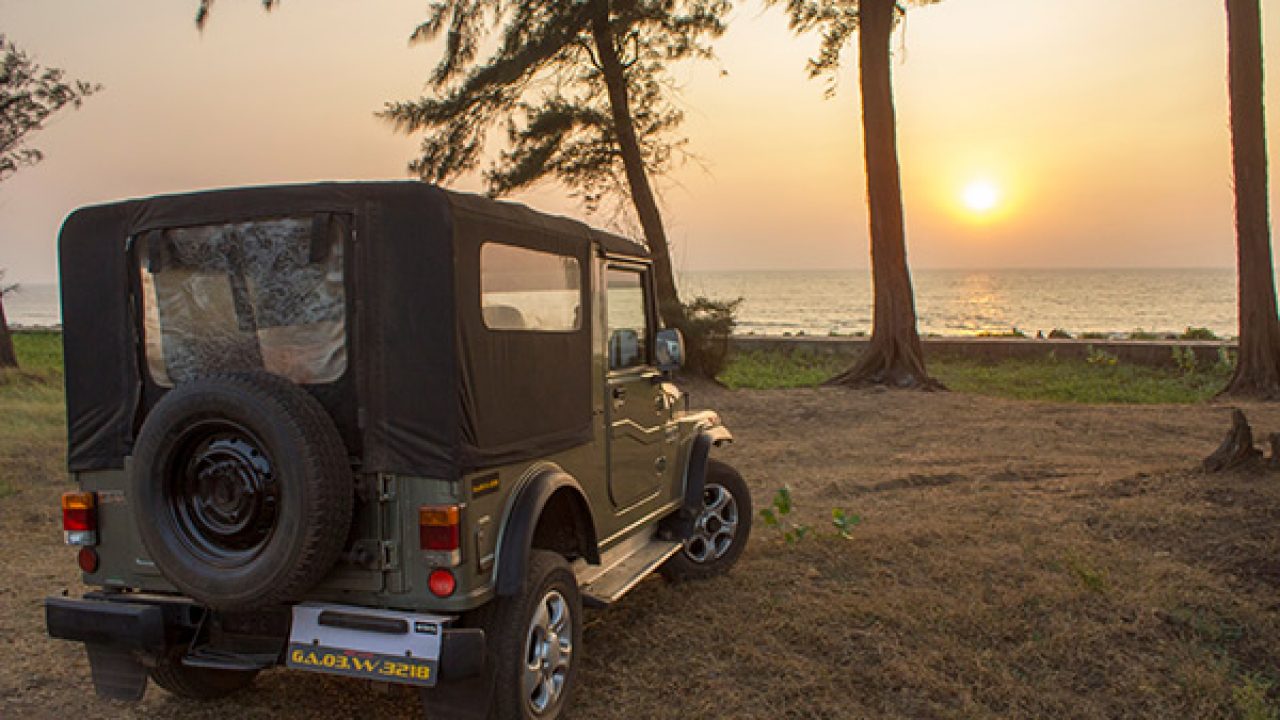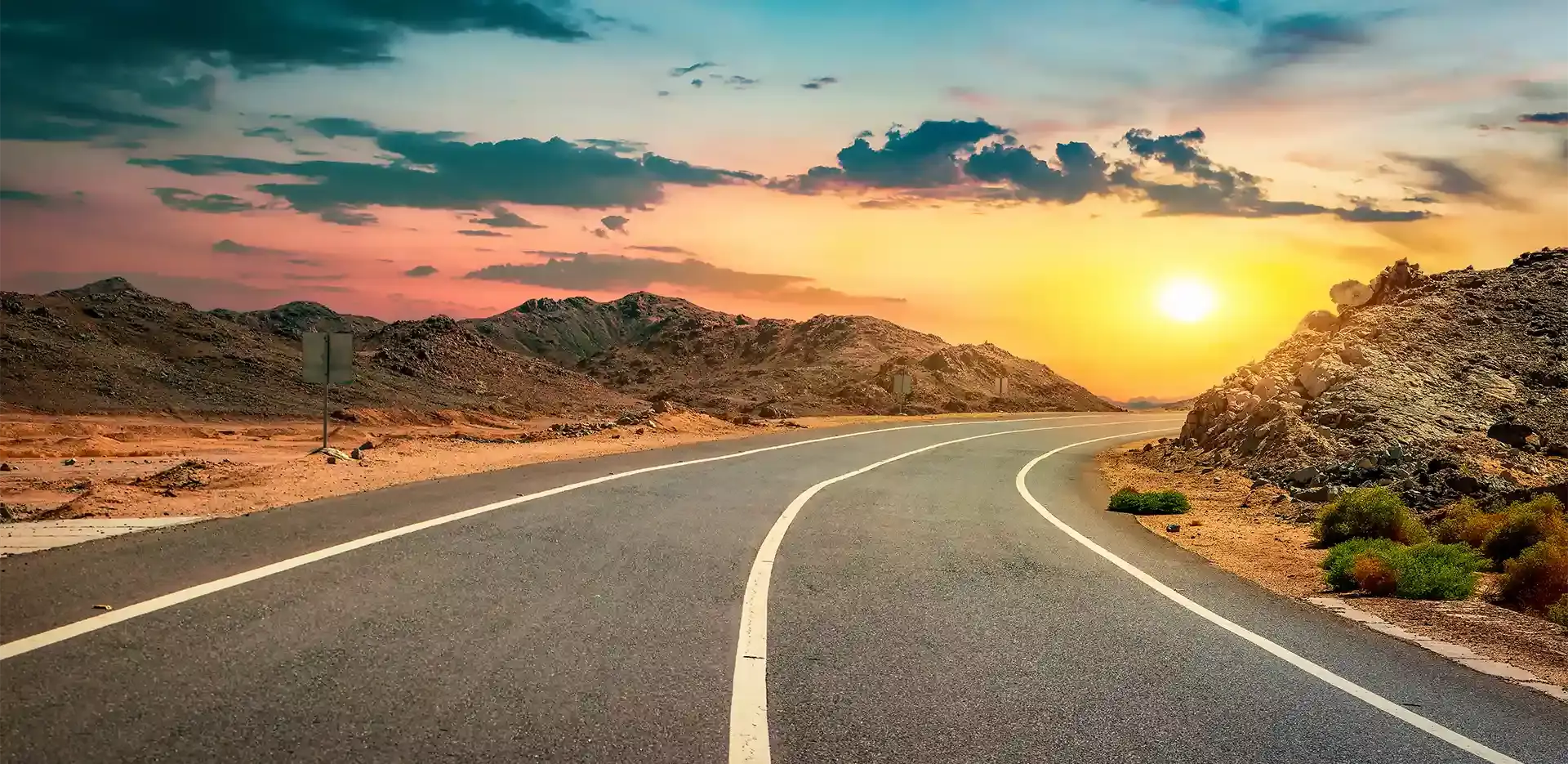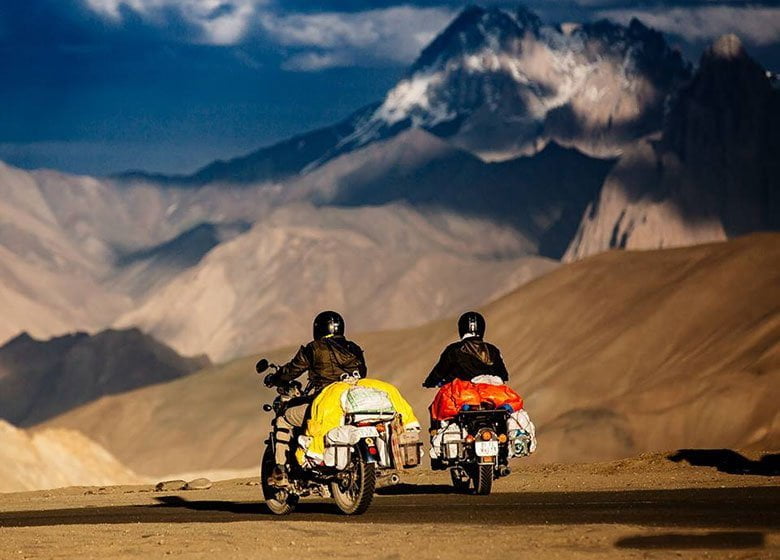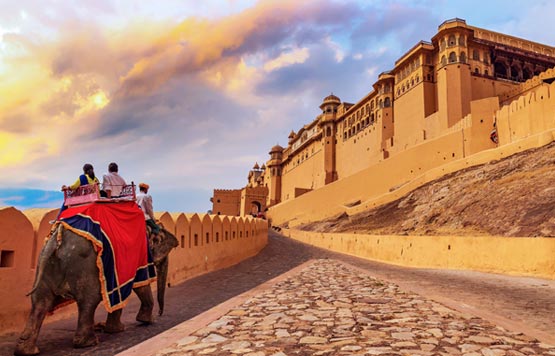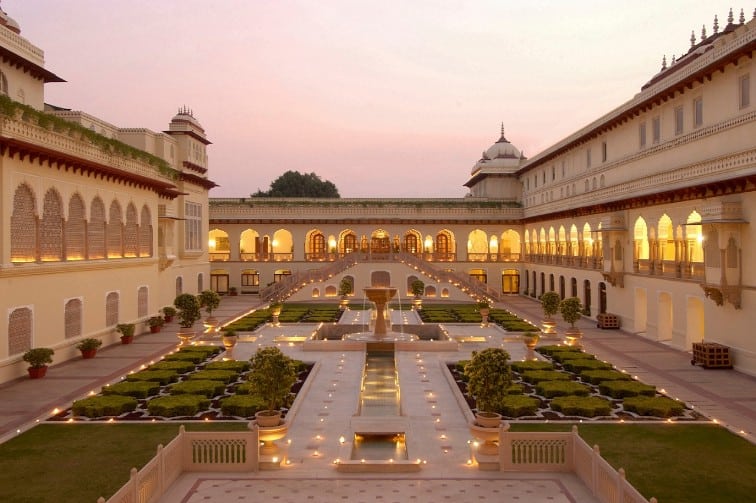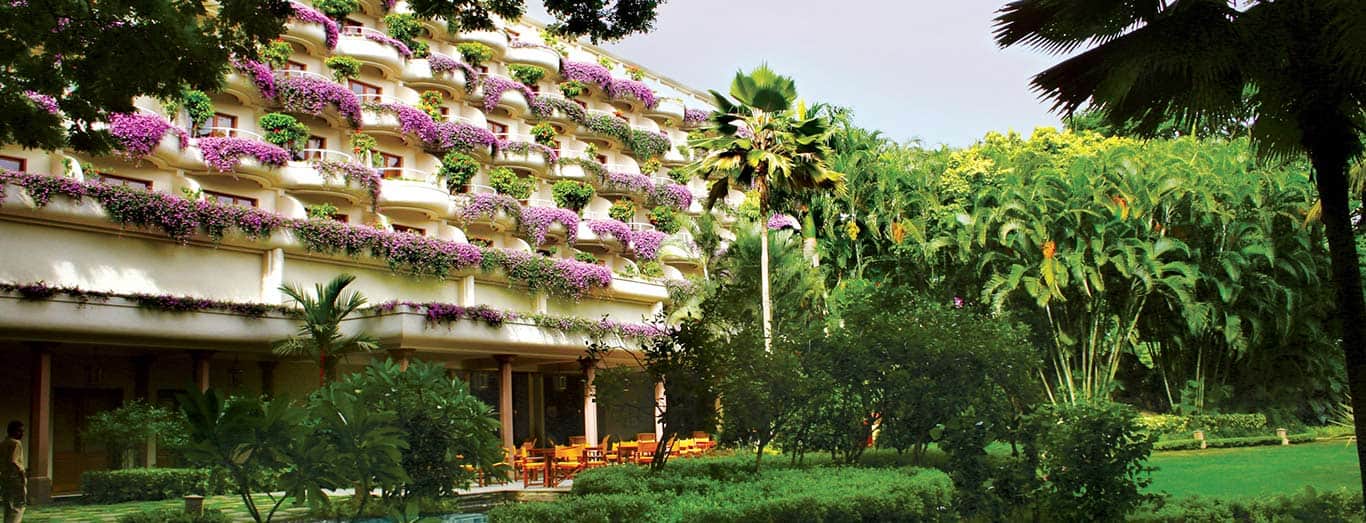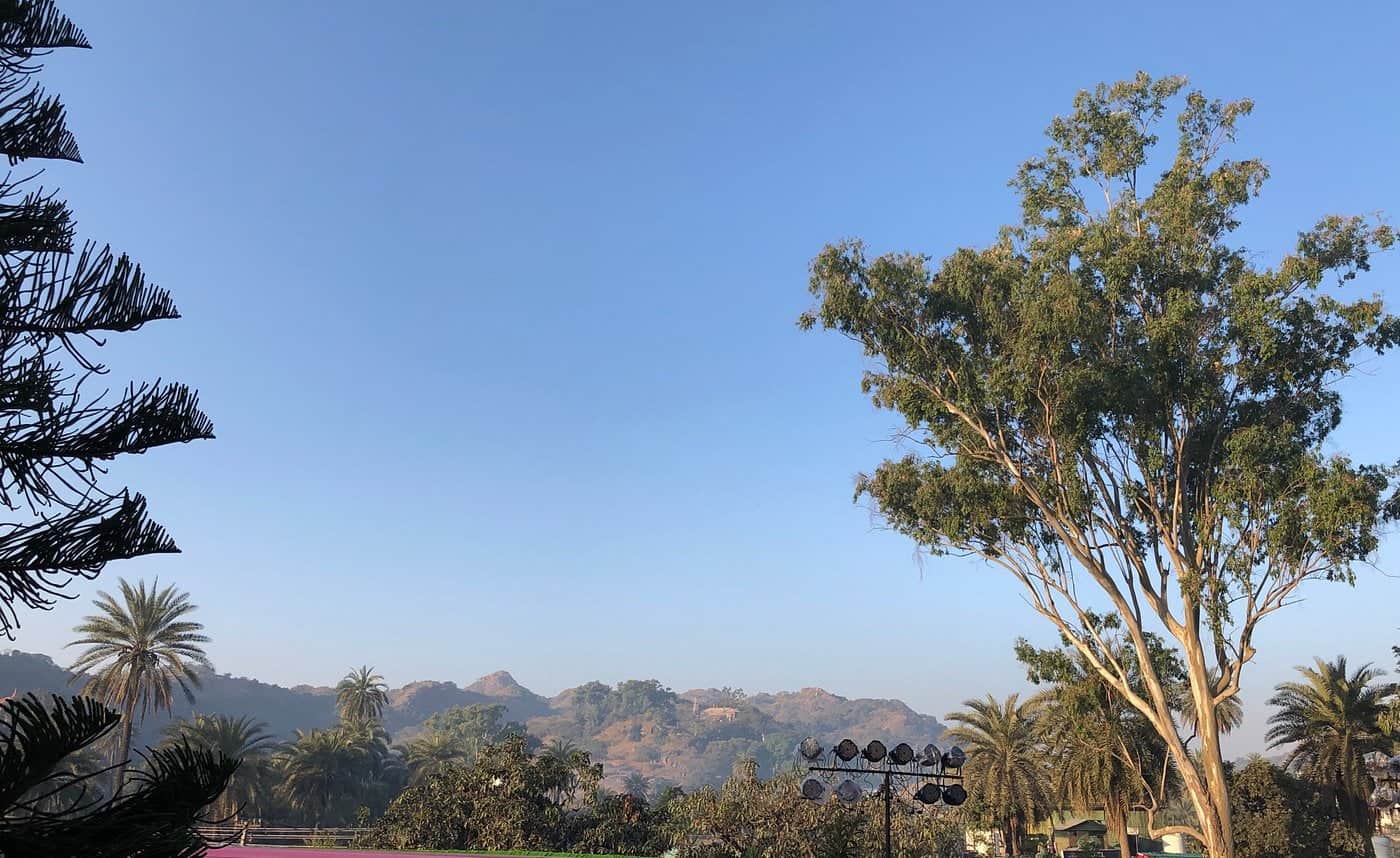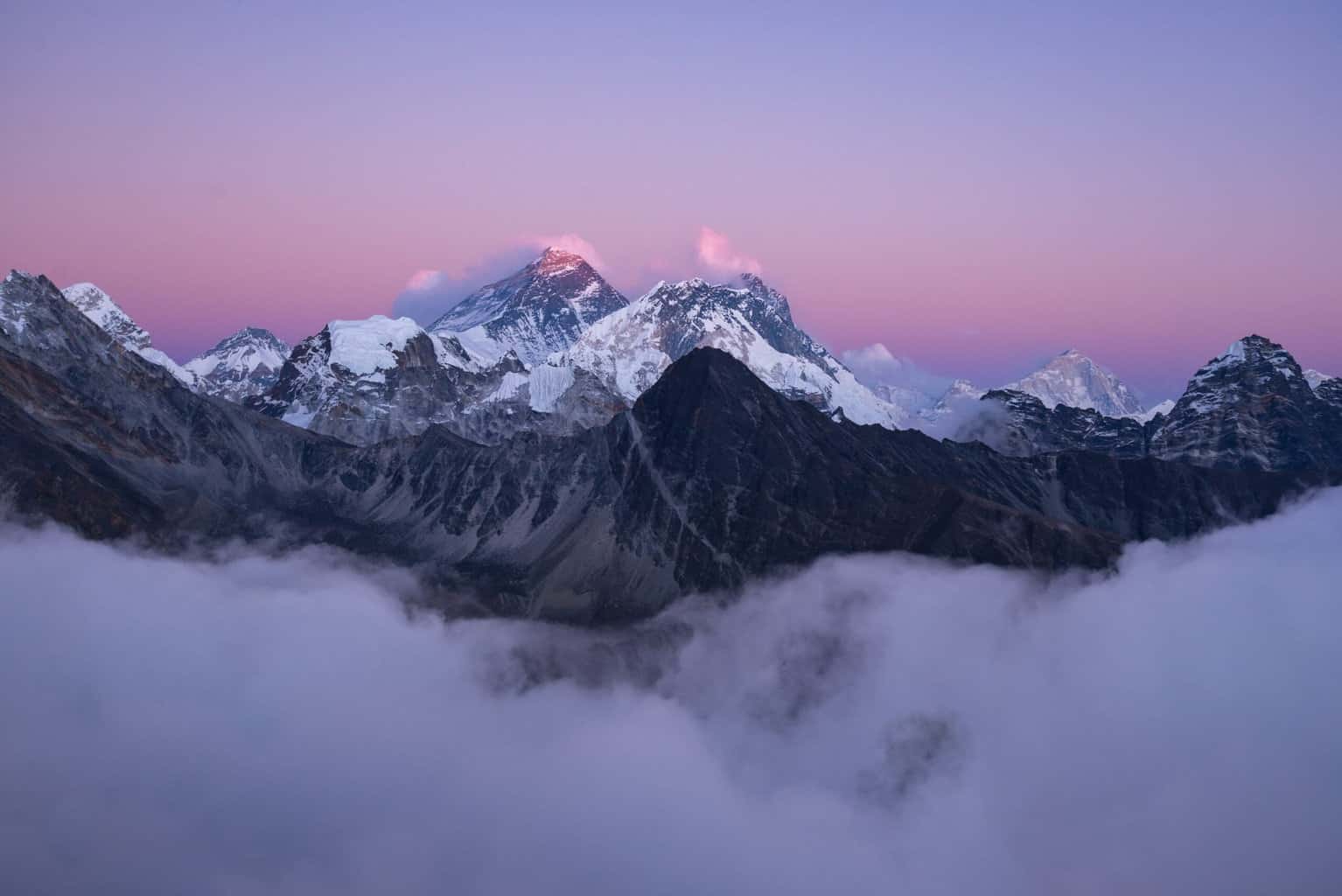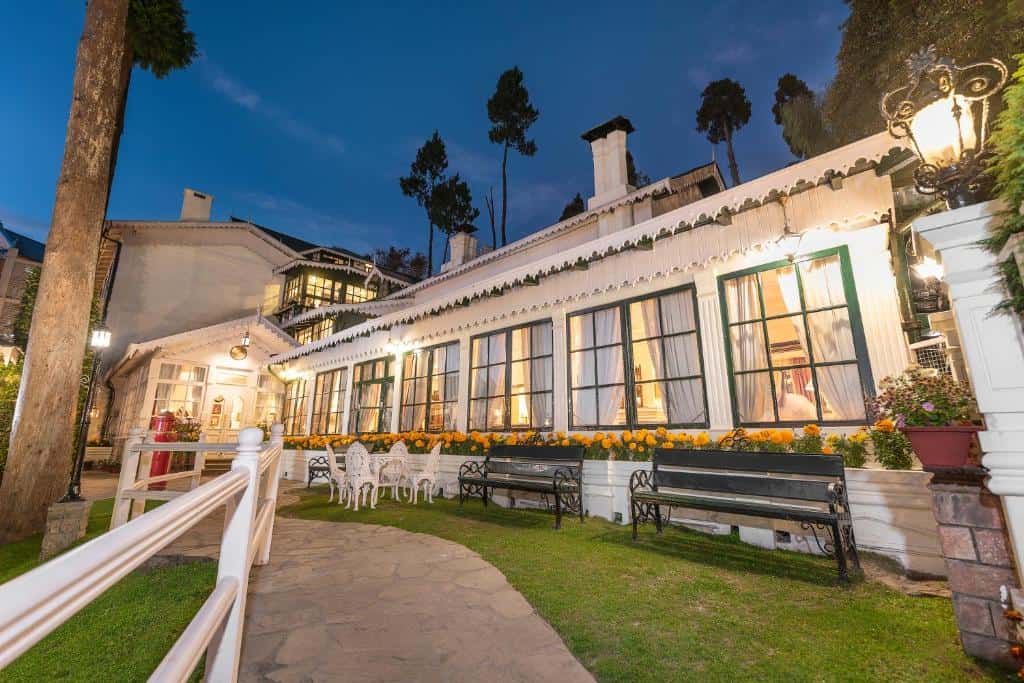In this guide, we have curated a complete list of the best things to do in Guwahati. Guwahati is the largest city and the capital of the Indian state of Assam. It is located in the northeastern region of India, along the Brahmaputra River. Guwahati is considered to be the gateway to the northeastern states of India and is a major transportation hub for the region.
The city has a rich cultural heritage, and is home to several historical and religious sites, including the Kamakhya Temple, a temple dedicated to the goddess of fertility, and the Navagraha Temple, a temple dedicated to the nine planets in Hindu astronomy. Guwahati is also known for its traditional silk and handloom products and the famous Assamese tea.
Guwahati is also known for its wildlife and biodiversity, being situated in the midst of the Brahmaputra valley and the foothills of the Himalayas. It is home to several national parks and wildlife sanctuaries, such as the Manas National Park and Pobitora Wildlife Sanctuary, which are popular among tourists and wildlife enthusiasts.
Guwahati is also an emerging city in terms of development, with many new residential and commercial projects being developed. It has been growing as an educational and healthcare hub, with the presence of several prestigious institutions and medical facilities.
In recent years, Guwahati has also become a major center for commerce and industry, with many new businesses and industries setting up in the city. The city is also known for its vibrant nightlife, with many bars, clubs and restaurants.
Things to do in Guwahati
Guwahati offers a variety of things to do for visitors of all ages and interests. So, without further ado let’s dive into this complete guide about the best things to do in Guwahati.
Kamakhya Temple
One of the must-visit places in Guwahati is Kamakhya Temple. Located atop Nilachal Hill, this temple is dedicated to the Hindu Goddess, Kamakhya. It is a popular pilgrimage destination and an important symbol of religious faith and spiritual enlightenment. The temple is known for its unique architecture and tranquil atmosphere. People from all over the world come here to seek blessings and pay homage to the Goddess. Thats’s why Kamakhya Temple should definitely make it to the list of best things to do in Guwahati.
History

The Kamakhya Temple, located in the Nilachal Hill of Shillong, Meghalaya India, is considered to be one of the oldest Hindu temples dating back to the mid-seventeenth century. Although its exact founding date is unknown, it has been much revered since ancient times and continues to be an important pilgrimage center for practitioners of both Hinduism and Shaktism today. This temple is unique because it enshrines a shakti goddess in the form of a natural underground spring which emits constant water through a stone cave built into its interior walls.
The goddess is believed to embody three different forms – Kamakhya Devi, an incarnation of Sati; Bhubaneswari Devi, who represents Goddess Parvati; and Bagola Devi who symbolizes Divine mother Kali. To visit Kamakhya Temple, devotees must pass through several gates while making their way up the steps leading to its entrance. Inside the temple premises there are several shrines as well as temples dedicated to various deities and gurus associated with this holy site.
Pilgrims may also visit sites nearby such as Nilachal hill which houses several important murtis (statues) associated with Hindu deities such as Durga, Shiva and Rama as well as living saints like Sri Ramakrishna Paramhansa and his disciple Swami Vivekananda. Along with being an important place of worship for Hindus, Kamakhya temple is also a popular tourist destination where visitors can witness ritual performances at regular intervals throughout the day or enjoy breathtaking views from atop Nilachal hill during sunrise or sunset.
Timings

Kamakhya Temple remains open throughout the year and devotees can pay their respects any time between 5:00 am to 7:00 pm. However, on Tuesdays, Saturdays, and all other special occasions drawing devout followers, the temple stays open until 10:00 pm for special darshan and ritualistic functions.
The longest queues of devotees are seen on the day of Ambubachi Mela, when thousands throng to the temple seeking blessings from Ma Kamakhya. This Hindu festival of faith is celebrated at the Kamakhya Temple during monsoon season – usually for four days commencing from 22nd June to 26th June – reverently commemorating both death and fertility. The temple remains closed for visitors on this day due to overwhelming crowds.
Assam State Museum
The Assam State Museum is one of the premier attractions in Guwahati, located at the centre of the city. Housing a rich collection of artifacts and sculptures of the ancient and modern era, the museum is a must-visit for all tourists and locals alike. From paintings to coins, from archaeological objects to sculptures, the collection will surely take you back in time. Let’s have a detailed look at what the museum has to offer.
History

The Assam State Museum was established during the reign of the Ahom king, Gaurinath Singha, in 1883. He commissioned the collection and display of natural history objects. In 1902, after many additions to the museum’s collections had been made, its scope further expanded to include archaeological and anthropological artifacts.
Over its nearly 150-year-history, the Assam State Museum has collected some of India’s rarest and most valuable artifacts —including weapons and ancient coins — with over 80,000 specimens currently under its care. Its displays reflect the region’s diverse cultural heritage and span a variety of historic periods ranging from prehistoric pottery to modern-day musical instruments.
In addition to these main displays, the Assam State Museum also features several temporary special exhibitions throughout the year honoring contemporary artists and scholars from across India. From sumptuous jewelry collections to traditional crafts such as bamboo baskets, every visit offers something new for visitors to explore.
The museum is open 365 days a year with free admission for children below 14 years old and discounts for students and senior citizens over 65 years old visiting between 11am–6pm Monday through Saturday. Guided tours are available in English from 12–4pm Monday through Saturday by appointment only; advanced booking is recommended for these group tours due to limited space available on any given day.
Timings

The Assam State Museum, established on 15 June 1940 in Sesghar, India offers its visitors a glimpse of the region’s diverse cultural and historical heritage. The museum is open daily from 10 AM to 5 PM, excluding state holidays and Sundays. Every Tuesday the museum is closed for visitors except during August when it remains open on Tuesdays as well.
Visitors are requested to maintain silence while they are visiting. However, camera usage is allowed in the gallery area with no flash equipment or tripod stands being used. Photographs may be taken for private use only and not for any commercial purpose. There is no charge for photography inside the premises of the museum.
All patrons are expected to register at the reception before entering any part of the premises and every group must have a guide from the reception who will provide an explanation about each section or item exhibited as required by a visitor or group.
We kindly request you to be aware of our valuables at all times during your visit so that we can ensure our collection remains intact for future generations to appreciate.
Umananda Temple
Located on Peacock Island, Umananda Temple is one of the most popular tourist attractions in Guwahati. This two-story temple was built by King Gadadhar Singh in 1744 and is dedicated to Shiva. It is also home to some of the oldest artifacts, statues and inscriptions, making it one of the most important religious sites in the region. Visitors to the temple should also take the time to admire the beautiful views of the Brahmaputra River which surrounds the island.
History

Located on the Peacock Island in Brahmaputra River, Umananda temple is an ancient temple dedicated to Lord Shiva and dates back to the 17th century. It is believed to have been built in an earlier era but was destroyed during tumultuous times. According to mythology, Lord Shiva himself blessed Goddess Kamakhya with a visit and at the same time, created this small island surrounded by the waters of the holy river.
Umananda Temple was rebuilt by Ahom king Gadadhar Singha (1681-1696), who assigned a portion of his income from tax collection towards its renovation. Ever since then, Umananda Temple has been celebrated as an architectural marvel and has been providing spiritual solace to devotees from all over India for many centuries. The temple still stands tall among varied architectures in Assam and attracts local and international tourists for its age-old historical significance and strong ties with Hindu mythology.
Timings

Umananda Temple is open to visitors from 7:00am to 5:00pm. Timely oil-lamps are lit in the morning and evening hours which are enjoyable to witness. It is advisable to plan the visit during these times as the beauty of the temple increases manifold in these hours.
Devotees are expected to observe decorum while visiting the temple complex. People wearing shorts, miniskirts or sleeveless tops must cover themselves before entering in order to respect the spiritual ambience of the temple.
People who come through boats must pay Rs 10 as boat charges. As there are no locker facilities available at this ancient shrine, people wishing to deposit large amounts of their belongings must come with a responsible attendant.
The devotees may get prasad(offerings) from near the presiding deity (also known as Prasad Shop). Moreover, photography is not allowed inside this revered Hindu shrine; therefore, tourists should adhere strictly not to take snap shots of any kind inside Umananda Temple.
Balaji Temple
Umananda temple, also known as the Balaji Temple, is situated on the picturesque Peacock Island in the middle of the lavish Brahmaputra River in Guwahati. It is one of the most visited religious spots in the city and is dedicated to Lord Shiva. The temple architecture is a mix of Hindu, Thai, and Chinese styles and is a must-visit for all lovers of pristine architecture and culture. It is also a popular spot for photography.
History

The Balaji Temple is a famous temple in Tamil Nadu, India, dedicated to Lord Balaji or Venkateswara. The temple is believed to have been built in the 8th century AD by King Kulothunga Chola I. It is one of the most significant Hindu temples in South India and serves as an important pilgrimage destination for devotees from around the world.
The temple has a long and colorful history that has shaped its architecture, rituals and culture. Historical references suggest that the Cholas were the first to build a small shrine on this site. Subsequently, other kings including Raja Chakravarthy later expanded on it by adding two more shrines – one dedicated to Lakshmi and another dedicated to Andal (a famous female poet-devotee). Over time, the temple grew in stature and many major donations were made by wealthy devotees who contributed towards making it a leading religious center of South India.
Today, this iconic landmark stands as an epitome of devotion with its beautiful architecture featuring inscriptions of various verses from ancient scriptures and numerous sculptures depicting different Hindu gods such as Hanuman, Shiva and Parvati among others. Devotees visit this temple throughout the year for various puja ceremonies including special poojas for Lord Balaji’s birthday on Aadi Pooram (the fourth day after full moon day).
Timings

The Balaji Temple timings are from 4.30 am to 9.00 pm in the morning, and 3:00 pm to 9:00 pm in the evening. Devotees have to follow certain guidelines while offering prayers at the temple. The management follows strict regulations and adheres to safety protocols for devotees visiting the temple.
The daily rituals at the Balaji Temple begin with ‘Suprabhatam’, which is chanted by priests who take part in ‘Kirtanam’ (devotional singing). After this, devotees move on to the main sanctum sanctorum of Lord Venkateswara and offer prayers there through various rituals such as Archana Seva, Sahasranamarchana Seva, Thomala Seva, Maharudram, Kalyanotsavam etc. After this, devotees MAY offer their mangalasasanams (morning prayers) followed by Darshan Seva where one can witness divine beauty of Lord Venkateswara adorned with jewels and beautiful flowers when He blesses them with His glance from His throne.
Lastly, Aarti ceremonies are performed every day at 7 pm after which devotees make their way out of premises carrying mementoes that help fill their lives with courage and auspiciousness.
Guwahati Planetarium
The Guwahati Planetarium is a popular tourist destination among locals and international travellers alike. It is located in the heart of Guwahati and offers a captivating glimpse into the wonders of outer space. With its high-tech digital projection system, the Guwahati Planetarium is an ideal place to learn about the stars and galaxies, as well as the constellations and other astronomical phenomena. The Planetarium also offers an array of educational and entertaining activities for visitors, making it an ideal spot for a family outing. Let’s take a closer look at the Planetarium’s facilities and what it has to offer.
History

The Guwahati Planetarium is an astronomical observatory located in Guwahati, India. Founded in 2000 and opened to the public in 2003, the planetarium serves as a popular tourist attraction due to its interesting exhibits, activities and programs. It also maintains an extensive library of books and periodicals on astronomy.
The planetarium is part of the Centre for Excellence in Astronomy, which is a research center dedicated to educating the public about astronomy through presentations, demonstrations and audio-visuals.
The main building at the planetarium is a large dome structure with a seating capacity of 350 people. Inside are exhibits that explain various concepts in astronomy such as seasons and eclipses; there are also various galaxies and solar systems mimicked to reflect their true scale on the walls of the dome. There are two rooms housing interactive displays with information about incidents from history related to astronomy, TV shows replicating how humans dreamed of space travel ages ago and several interactive lectures in which experts explain different topics related to space exploration.
The planetarium also has several advanced equipment such as telescopes, video-displays and digital projectors that allow visitors to view Mars or Saturn up close or watch documentaries about astronomical topics like black holes or galaxies formation. Furthermore, there are occasional scientific lectures organized here by renowned astronomers from around the world where people can join free of charge and engage in interesting conversations related to current happenings in space exploration.
Timings

The Guwahati Planetarium is open every day from 8:30am to 7:30pm. It provides a variety of shows, accommodating both students and adults. Every Saturday and Sunday the planetarium showcases its star demonstration show, while Monday through Friday they screen documentary shows on astronomy. On request, science models’ exhibitions are also arranged for schools, colleges, hobby clubs and other institutions.
Beside these regular exhibitions the planetarium also arranges special exhibitions such as ‘space instrumental’, ‘solar survey shows’, ‘lunar survey show’, ‘moonscape’, etc. depending on availability. These exhibits can be helpful for those who want to learn more about celestial bodies and space exploration. Some exhibits are presented in English while some others in Bengali and Assamese as well.
In conclusion, Guwahati is a city that offers a unique blend of culture, tradition, and nature. With its rich cultural heritage, scenic beauty and wildlife, it offers visitors a chance to explore and experience something new and exciting. Additionally, being a fast-developing city, it provides visitors with modern facilities and amenities as well.
Conclusion
Guwahati is a city that offers a unique blend of culture, tradition, and nature. With its rich cultural heritage, scenic beauty and wildlife, it offers visitors a chance to explore and experience something new and exciting. Additionally, being a fast-developing city, it provides visitors with modern facilities and amenities as well. Also, if you are someone who loves adeventure and bike rides,check out this road trip guide to Guwahati.




